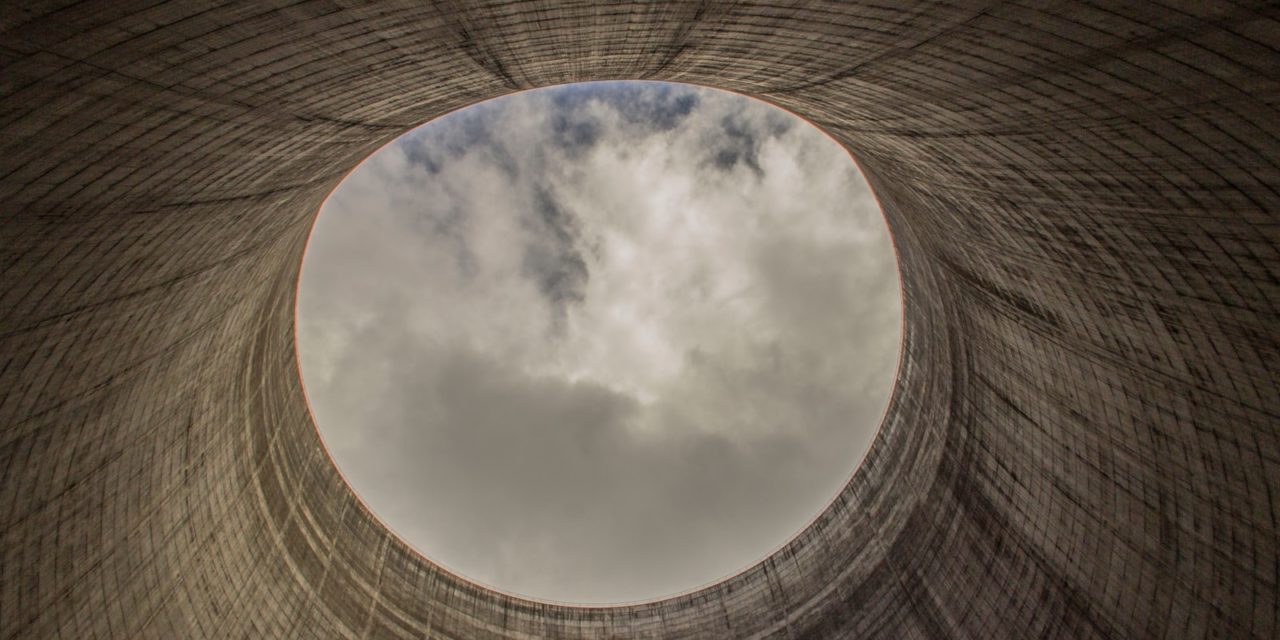The United States will need to increase its power infrastructure in order to meet anticipated increased demand for electricity. This could lead to a rise in demand for engineers who are skilled in plant operation, equipment design, and other related disciplines.
According to some estimates, the U.S. will need more than 150,000 megawatts to increase its electrical generating capacity. This would translate into the creation of 200-500 new power plants to meet growing demand in both the industrial and consumer sectors. To be reliable and safe, many existing power plants will need extensive refurbishment. The nation’s power grid, which is the network of transmission and distribution lines that supply electricity to homes and businesses, will need to be upgraded to accommodate the increased load. In some areas, it may also need to expand to meet the needs of large-scale wind and solar energy projects.
Engineers could be impacted by all the anticipated development activity in energy markets. According to an American Society of Mechanical Engineers report, hundreds of jobs in the natural gas, nuclear and coal areas could be created by human resources staff at power companies. Along with plant design, operations, maintenance, and engineering, energy companies are looking for engineers skilled in nuclear refueling, fire protection, and thermal efficiency.
International mandates to reduce carbon emissions that contribute global warming may lead to job opportunities in the fields of carbon sequestration technology or renewable energy development.
While the potential for employment in the power market is good, problems with government policy could hinder energy development projects and, therefore, the hiring of engineers. The United States lacks an energy policy that would create new industries using renewable energy technologies such as wind and solar power. It also needs to encourage investments in advanced coal-firing plants and other energy sources that will be essential for meeting increasing electricity demand. From a policy perspective, many in the engineering field, including ASME, believe that an energy policy that promotes a balanced mixture of resources — natural gas, coal, nuclear, hydropower, and renewable energy — would be the best.
Hiring managers in the power sector face another challenge: finding qualified engineers to design, approve, fund, and build energy projects. According to an ASME Mechanical Engineering magazine report, many engineering schools do not offer courses that are specifically tailored for power generation and utility services. This includes courses in design, procurement and construction. While engineers from the automotive and manufacturing industries may be ready to jump into the power industry in times of economic crisis, they lack the necessary skills to make a solid contribution to power plant generators and utility companies.
ASME considers energy a strategic priority. ASME is committed to being an essential resource in energy technology for businesses, government, academia and practicing engineers. Visit http://www.energytechsociety.org/ for more information www.asme.org.












